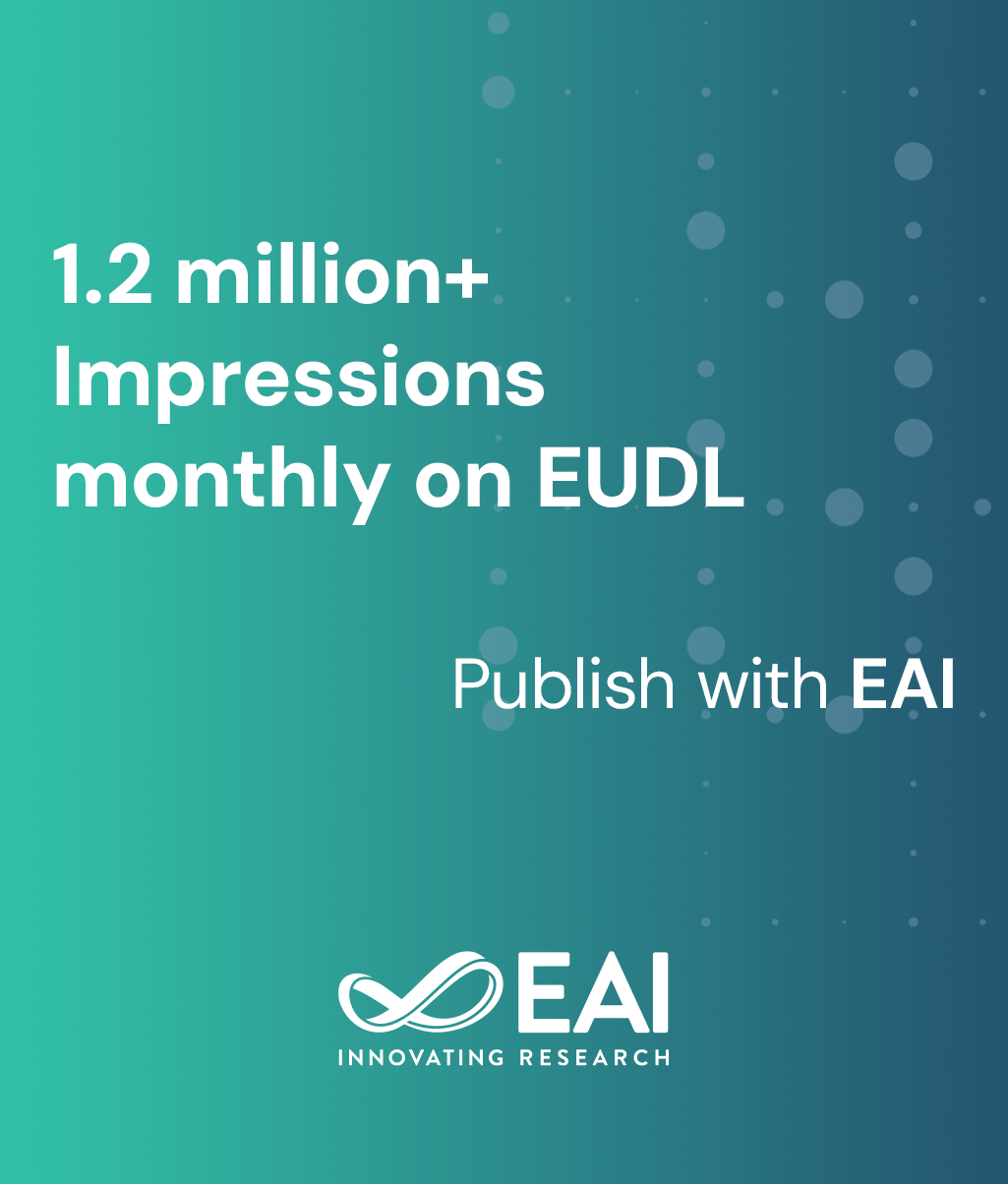
Research Article
Geometrical Feature Identification of Cuneiform Signs on Micro-Survey Reconstruction
@INPROCEEDINGS{10.1007/978-3-031-28993-4_6, author={Sara Antinozzi and Fausta Fiorillo and Mirko Surdi}, title={Geometrical Feature Identification of Cuneiform Signs on Micro-Survey Reconstruction}, proceedings={ArtsIT, Interactivity and Game Creation. 11th EAI International Conference, ArtsIT 2022, Faro, Portugal, November 21-22, 2022, Proceedings}, proceedings_a={ARTSIT}, year={2023}, month={4}, keywords={Cuneiform Tablet Geometric Feature Detailed Representations USB Microscope Digital Legacy}, doi={10.1007/978-3-031-28993-4_6} }- Sara Antinozzi
Fausta Fiorillo
Mirko Surdi
Year: 2023
Geometrical Feature Identification of Cuneiform Signs on Micro-Survey Reconstruction
ARTSIT
Springer
DOI: 10.1007/978-3-031-28993-4_6
Abstract
According to the increasing possibilities offered by technological innovation, new ways of visualizing and exploring data are now accessible in the context of 3D digital documentation. Surveying small artifacts and accurately representing their geometry, however, remains challenging. This can be ascribed to the still high cost of the most popular equipment for that purpose (active sensors) as well as the requirement for professional expertise when employing less expensive methods (passive sensors).
This project aims to provide a low-cost configuration for an image-based approach to the demand for a digital survey and 3D representation of sub-millimeter morphological features. A portable USB microscope was used as equipment. The subject of the experiments is a cuneiform tablet belonging to the collection of Ghent University (Belgium) and datable to the end of the 3rd millennium B.C. More specifically, the study seeks to examine the geometry of the wedge-shaped impressions on the clay artifact. Going beyond the traditional practices of text analysis, an accurate representation of the cuneiform signs can be helpful for researchers in conducting comparative geometric studies. This goal can be enriched by recognizing from the analysis the type of stylus used to validate a manufacturing identity and a chronological classification. It is desirable that the data collected can then be shared, on the one hand, by enabling descriptive assessments even between different collections around the world and, on the other hand, by improving the promotion and interaction with the contents of a future exhibition.


